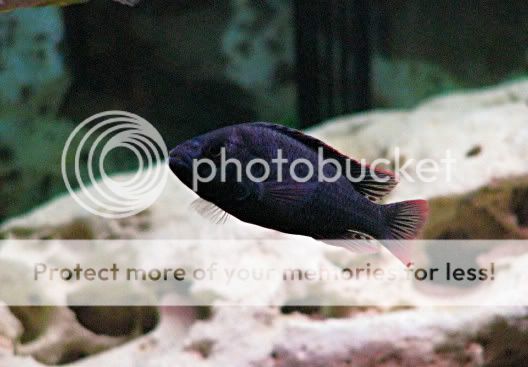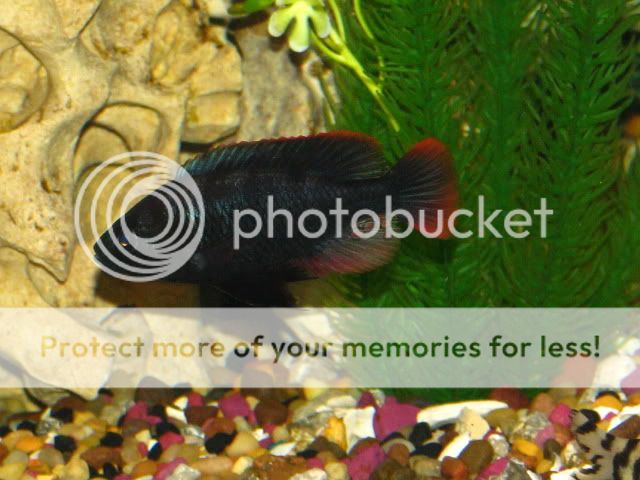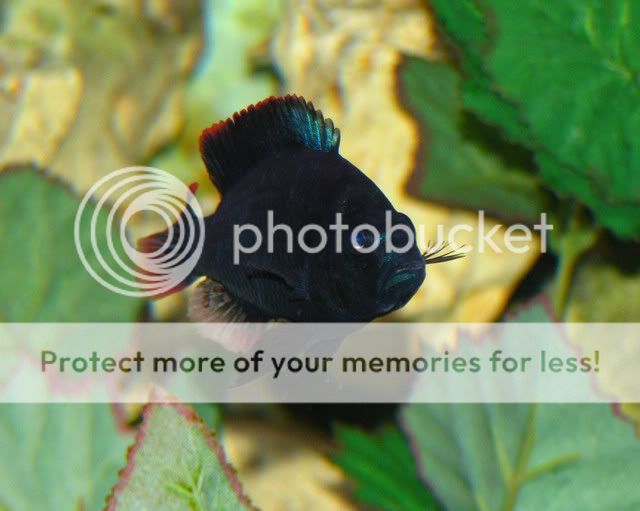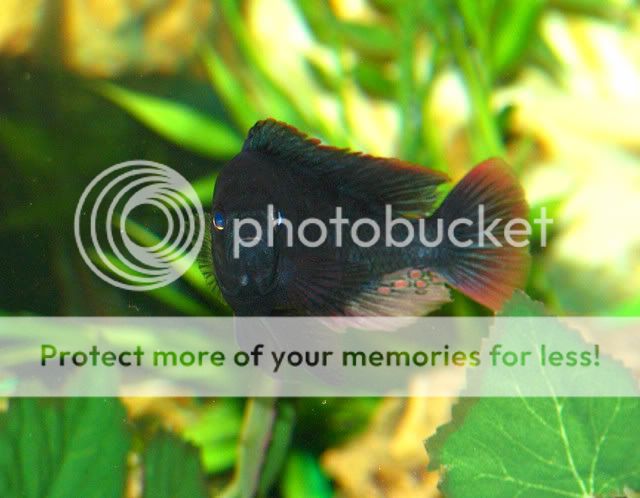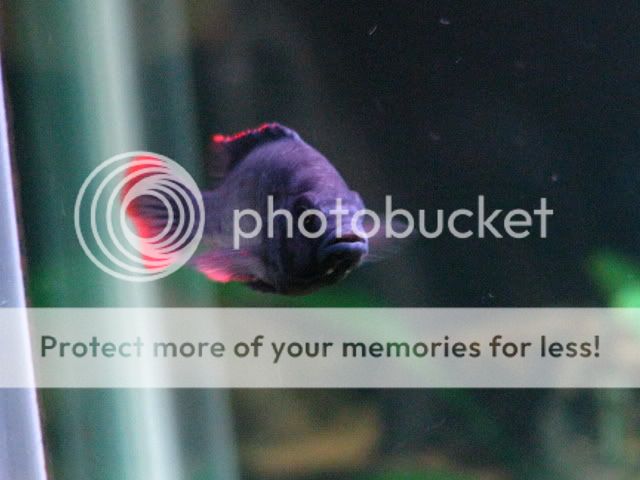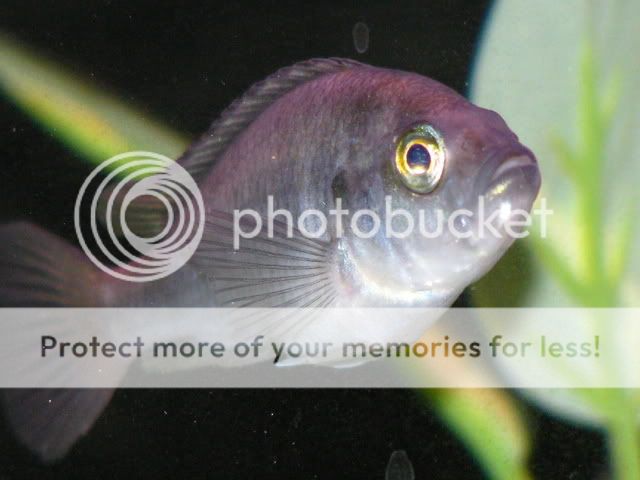macrocephala
greetings from north texas, i answer to deadman.
its nice to see great conversation going on about my fish. i knew that when they started to grow out that the first thing i would hear is that they are, what we call nublia. while there are similar traits they are not the same fish. i hope that you all do some looking into the nublia, or better stated what is called nublia here in the states. ill adress this later. there are two groups of these here in the states they came in the same shipment and it was divided, so that is sudden loss of them happened tey would still be here. they are not wild caught.
they have been registered with the aca, and hccc, i have three batches of fry growing out at this time. there will be articles comming out in various publications soon.
i have had some of the best and well known victorian experts here and abroad take a look at the macrocephala, and even challenged them on the nublia, this is one of the responces i recieved.
"there are quite a few fish that have a similar color pattern to yours. Interestingly enough, Astatotilapia nubilus we have in the hobby is not Astatotilapia nubilus. Elizabeth Lippitsh made species description on three similarly colored but distinct fish that were previously known as A. nubilus. In the 15 or so years that Les has spent trogging around Lake Victoria, he was never able to find the exact fish that Greenwood called Astatotilapia nubilus. Archived somewhere I have save a email conversation between Les and I around 1999 when we talked about nubilus."
your macrocephala has the classic pundamilia body shape as well at the indentation in the forhead slope just before the premaxillary. You can see this in Lithochromis and Mbipia too. This does not occur in Astatotilapia.
"I have not had any hands on experience with Pundamilia macrocephala so you probably know more about the fish than I do. I can only tell you that based on what is was suppose to be, and Ole's description, along with pictures that are a match, I'm fairly certain you have the right species."
here are a few more pics for you all to enjoy.
oh yes the female to this species looks nothing like that of what is called a. nublis.
the female
